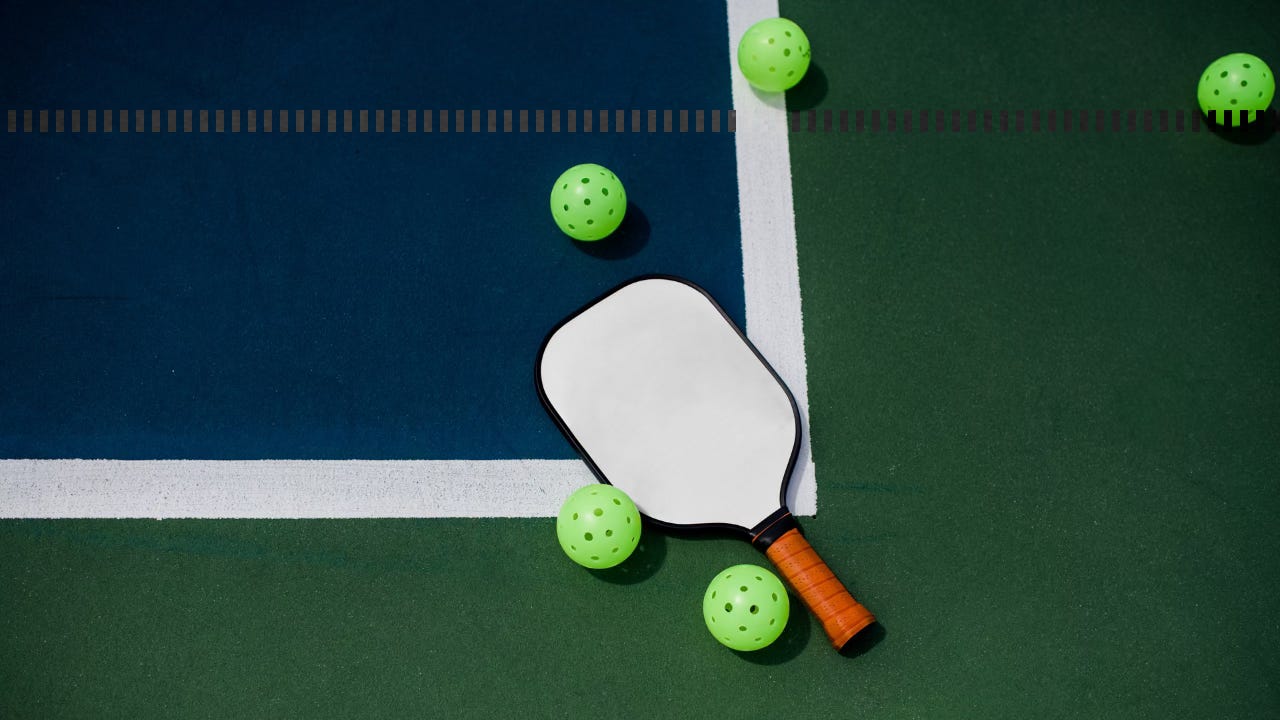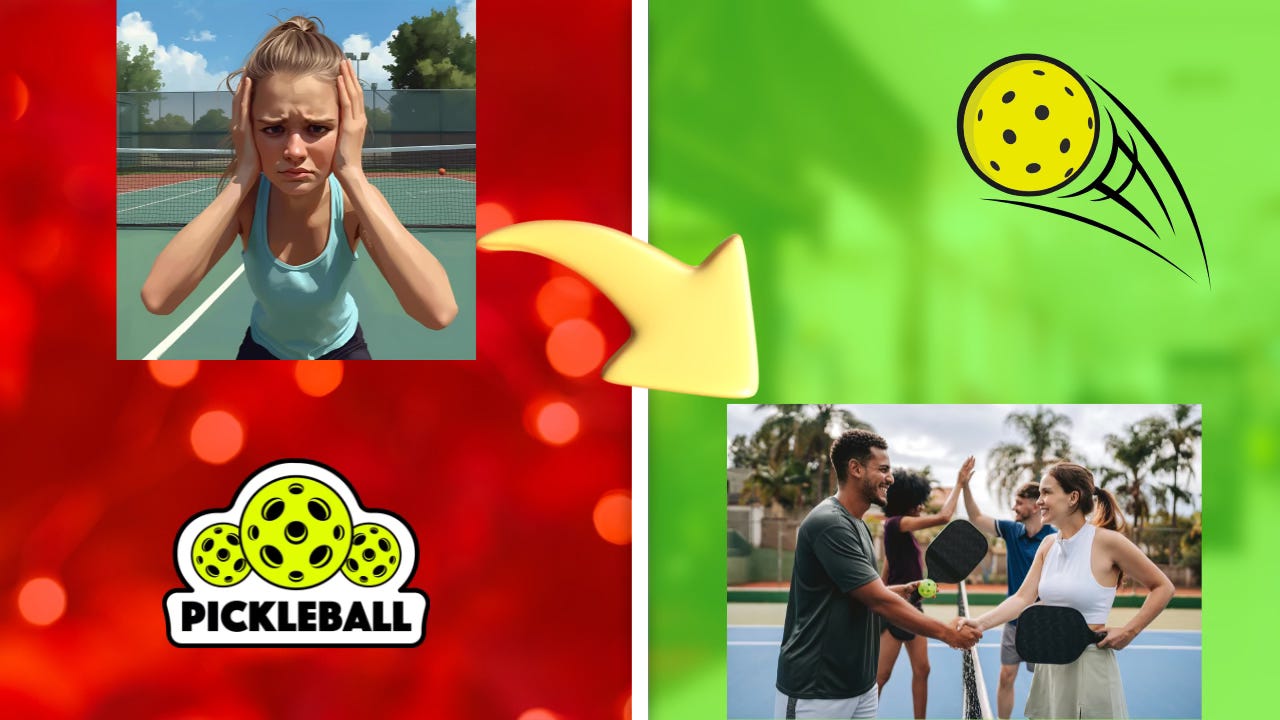A few weeks ago, a colleague and I stumbled across a pop up pickleball court tucked into a corner at Clarke Quay. Neither of us had played before. But both of us had played various racket sports over the years — squash, tennis, badminton, ping pong — so curiosity won out. No excuses. We borrowed paddles and dove in.
I’ve always been more interested in improvement than competition. I don’t play to win against my opponent. I play to compete against being bad at something. And because sports are one of the few areas in life where it’s socially acceptable to start at zero, that pop up court became the perfect setting for reflection.
Not just on the game itself — but on how we learn.
1. A Coach Makes All the Difference
At that first exposure, we were lucky. One of the other players was an experienced tennis coach who has played a fair bit of pickleball himself. He didn’t talk too much, didn’t overcorrect. Just offered a few nudges — how to hold the paddle, where to stand, when to back off and let the ball bounce. His tone was low key, his instructions were small, but they helped us unlock a rhythm. Just enough to feel the game.
And once we felt the game, we were hooked.
The next week, I bought a paddle. Then I booked a court. The week after that, I got some shoes. I wouldn’t call myself serious, exactly. But I was willing to commit time and money — not because of the sport itself, but because someone made the starting point feel accessible.
That’s something I think about often in the work I do. Most of us aren’t afraid of learning. We’re afraid of looking like beginners. A coach who creates space for dignity — and progress — can make all the difference.
2. The Peer Effect: You Don’t Have to Be Perfect to Help Someone Else
The first time I booked a court, I invited my old squash gang to come out and play. None of us had played pickleball before. One person had played badminton at a more competitive level and quickly became the de facto server. He wasn’t trying to dominate the game — he was simply the most consistent at getting the ball into play.
That meant the rest of us could spend more time hitting and less time chasing balls.
He wasn’t coaching us in a formal sense. But his skill created a structure we could learn within. We all rotated in and out, getting better with every round — not because someone taught us, but because someone gave us the conditions to practice.
That’s the power of parallel learning: you don’t have to be an expert to help others. You just have to move forward together — and be willing to serve while they figure things out.
3. Repetition with Intention: One Hour, One Focus
Another day, I met a friend for a one-on-one session. She had a goal: learn to serve. I had mine: improve my returns so they wouldn’t be so wild and always go out. That was it.
For an hour, we didn’t play a full game. We just drilled. Serve, return. Serve, return. The simplicity was brutal — and effective.
By the end of the hour, we could both feel the difference. The serves had rhythm. My returns had angles. There was sweat on the court and laughter in our lungs, and it reminded me just how powerful it is to stay with a single weakness long enough for it to evolve.
There was no scoreboard. No prize. Just focused effort and mutual support.
Sometimes, that’s enough.
4. Casual Curiosity: A Seriously Underrated Learning Strategy
All of this — the pop up court, the borrowed paddles, the sweaty one-on-ones — started with curiosity.
Not ambition. Not obligation. Just curiosity.
We didn’t set out to become athletes. We just showed up, over and over, to figure something out. Because it was fun. Because we were learning. Because we had partners who made the “zero point” feel safe.
It’s easy to forget how rare that is in adult life. We’re so used to needing to know things, to perform, to compete. But when you create an environment where people can play, explore, and fail with dignity — that’s where real learning happens.
And that, in turn, has shaped the way I now approach everything from team development to creative coaching. Even the way I think about how IPs are built and scaled.
5. Coming Up Next: Coaching, IP, and The Garden of Skill
In our next piece, I’ll explore how these lessons from the pickleball court shape my approach to leadership and IP development. From choosing the right starting point to designing flow and friction into your strategy, we’ll look at what it takes to grow — not just a skill, but a system.
©2025 Shelly Bryant



